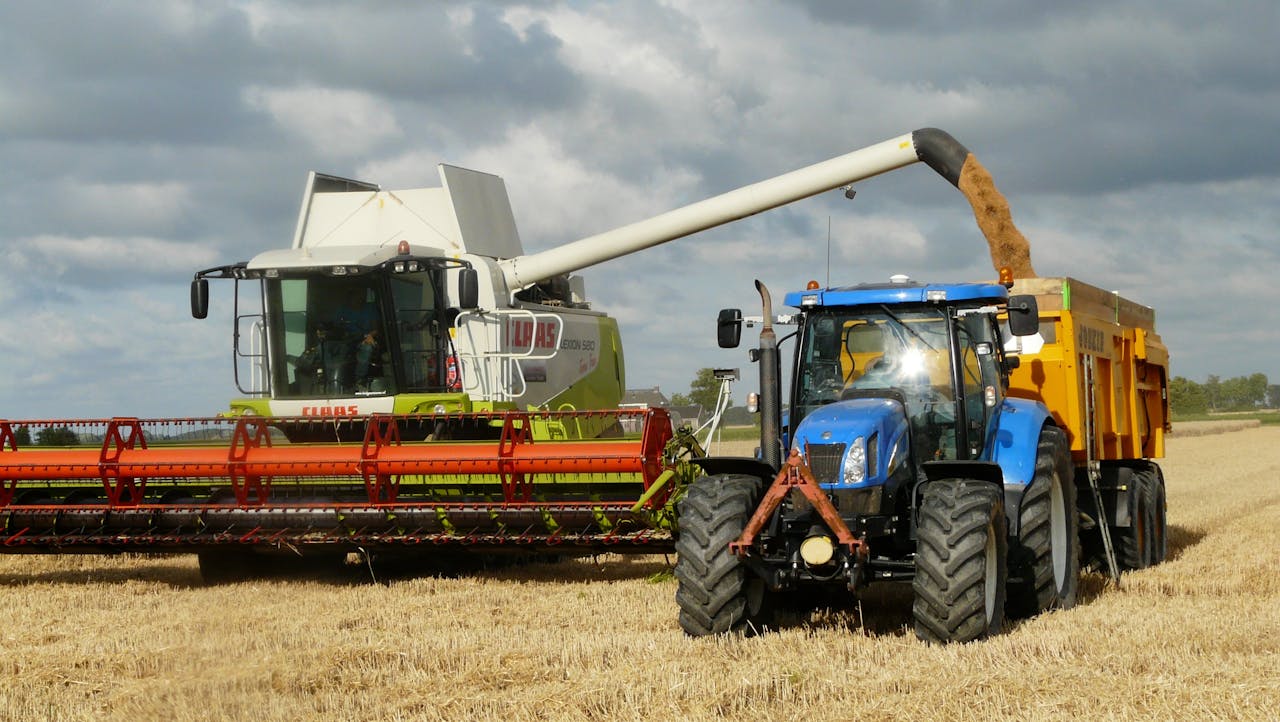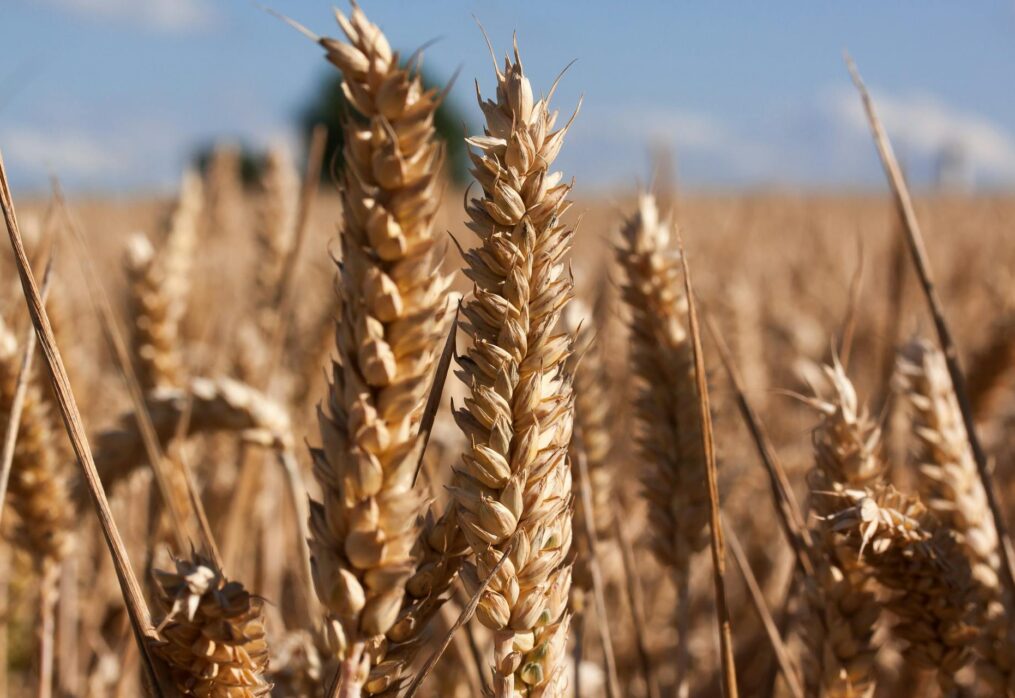China plans to increase grain reserves
China’s grain reserves as a way to reduce food dependence
Food security is a priority for many countries. This is due to the volatility of crop prices on the world market. China, a significant grain consumer, plans to increase its grain reserves. The government wants to reduce the risks associated with supply disruptions and instability.
In addition to replenishing its grain reserves, China will increase its edible oil reserves. As a result of geopolitical tensions, the latter’s cost has risen significantly over the past two years. In addition, the authorities intend to strengthen measures to support the development of the agricultural industry. The government plans to increase crop production and ensure food security.
China is the world’s leading buyer of grain and oilseeds:
— it buys more than 100 million tonnes of produce annually;
— the US and Brazil are the country’s leading exporters;
— PRC’s agricultural imports totalled USD 234 billion in 2023.
This supply dependence is a concern for the national government. It has therefore decided to focus on increasing local agricultural production.
Chinese government goals
The authorities have developed some measures to increase cereal productivity. They should encourage farmers to grow more produce, thereby increasing their incomes. In addition, the authorities intend to help develop capacity to increase yields. As part of this, Beijing:
— will allocate about USD 7.6 billion in subsidies to the agricultural insurance sector;
— this amount is almost 19% higher than in 2023;
— will raise the minimum purchase price threshold for wheat;
— will expand insurance coverage for rice, corn and wheat production.
Premier Li Keqiang believes that comprehensive measures should be in place to ensure food security for the entire People’s Republic of China population. In addition to developing agricultural approaches, it is essential to strictly control the supply of imported products. The government has set a target for farmers to harvest 650 million tonnes of grain by 2024, and this figure should increase with each new season. According to the NDRC commission, an annual increase in production of 50 million tonnes is quite realistic.
The development of soya cultivation is receiving special attention. The government intends to provide incentives to expand the area under cultivation. In addition, the authorities will accelerate the construction of seed production centres.
According to official statistics, China plans to spend about USD 19.5 billion to replenish its grain and edible oil reserves. The figure is more than 8% higher than the amount allocated for 2023.
Even Pay of Trivium China says the trend shows the government’s concern for food security. The analyst believes that actively replenishing reserves could negatively impact the economy. Increasing reserves or keeping them at a high level interferes with natural market processes, which, in turn, could weaken the Chinese economy.
